In February 2016, Brisbane City Council completed the first stage of their modernising project at Cathedral Square, located in the heart of Brisbane’s CBD. The council’s aim was to upgrade and beautify the square in order to create a more inviting public space for use by people working in and passing through the CBD. The council brought this brief to us and from there we worked closely with them in order to bring this project to life. The result: an attractive and modern space that’s more fully utilised.
What was the project?
Cathedral Square incorporates a number of integrated areas including hardscapes, softscapes, paving, lawn, gardens and trees. The council wanted to modernise this whole area while still maintaining a relationship with St. John’s Cathedral, a gothic revival structure on the other side of Ann Street.
A number of large metal square structures adorn the park, made from a variety of Locker Group products. The screens, made from perforated metal or wire mesh, provide sun shading, aesthetic features and privacy leading to the underground car park. Locker Group worked closely with Brisbane City Council’s design team to select products and concepts that would achieve the intent.
 Locker Group worked closely with the council to come up with an innovative design for the square.
Locker Group worked closely with the council to come up with an innovative design for the square.What Locker Group products were used?
After developing a thorough understanding of the design requirements, we reviewed our existing product range in order to select profiles that would suit the design brief. When choosing products we considered the open area, shading required and the aspects from which inhabitants would view the panels.
We try to make our projects both functional and aesthetically pleasing, and nothing embodies this better than the pergola.
Pic-Perf
We used Pic-Perf as one of the main design elements of the project. Pic Perf allows the designer to depict an image permanently in metal. In this project the Pic Perf panels reflected aspects of the cathedral. We anodised it in sovereign gold, and had images of the columns and arches of the cathedral perforated onto it, which provided the connection between the square and the cathedral that was such an integral feature of Brisbane Council’s brief.
When designing Pic Perf Locker always considers the viewing aspect. At what distance will the majority of people view the panels, will light usually be in front or behind the panels? In this project the panels had to be visually appealing when front lit during the day or when backlit at night.
The Pic-Perf is mainly used at the entrance to Ann Street. It can be seen as the focal point which draws people in and means more people come into the park, which is exactly what Brisbane Council wanted from the project.
 We had to think of a way to make the image work even when it’s being backlit.
We had to think of a way to make the image work even when it’s being backlit.Aero perforated metal
Aero perforated metal is a standard Locker profile, however in this project we tailored in a staggered pattern design. This was used as a roof for the square’s pergola, which was designed in such a way that vines and various other plants would ultimately grow over and gain a foothold on it.
We try to ensure our projects are both functional and aesthetically pleasing, and nothing embodies this better than the pergola in this project. We wanted to create a shade structure while still maintaining a sculptural element. While most pergolas tend to simply have slats on and are very one-dimensional, this structure brings it to life by adding another dimension.
Ikon 511 woven wire mesh
This galvanised woven wire mesh is normally used in industrial projects, but here was chosen to disguise the entrance to the stairwell that leads to the carpark. In addition it provides a structural background for the Brisbane City Council and Cathedral Square logos to be displayed on.
 The project was highly successful and fulfilled the brief of tying the space to the square and encouraging people to use it.
The project was highly successful and fulfilled the brief of tying the space to the square and encouraging people to use it.What was the outcome of the Cathedral Square project?
Wayne Lawrence, Architectural Account Manager for Locker Group’s Brisbane office, said:
“The feedback from the council was brilliant, and they are currently planning the second stage of the project. We took on a very detailed brief and utilised our existing product range, coupled with our extensive knowledge to come up with a bespoke solution. The council was so impressed that they intend to work with us again because of the support and processes that we worked through with them.
We believe we’ve created a fantastic project that both ties the space to the cathedral and fulfills the aim of bringing more people into the square.”
At Locker Group, we’re proud of our experience and expertise, and use this at every stage of the projects we work on. We have a strong reputation in the industry as a deliverer of high quality, innovative and successful designs on time and to budget. For more information, please get in touch with the team today.

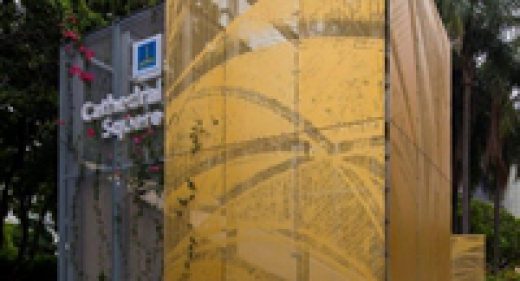

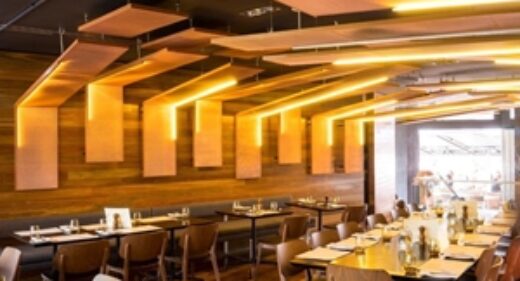
 Albany High School shows there’s lots of ways to make your stairways more exciting.
Albany High School shows there’s lots of ways to make your stairways more exciting.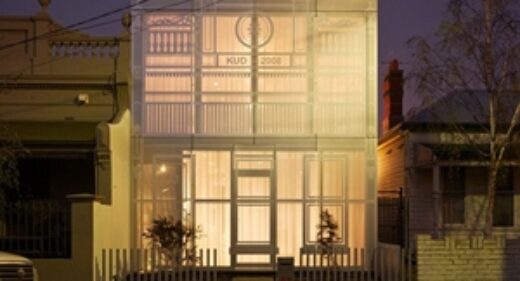
 The KUD house feels spacious and airy, despite its small footprint.
The KUD house feels spacious and airy, despite its small footprint. The KUD house’s interior has been rearranged to better respond to the environment.
The KUD house’s interior has been rearranged to better respond to the environment.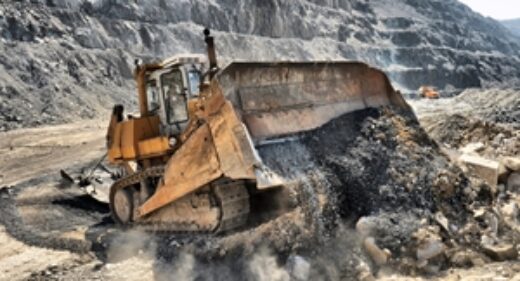
 The familiar browny-red of Aboriginal art comes from the minerals they first used to create pigments.
The familiar browny-red of Aboriginal art comes from the minerals they first used to create pigments. The gold rush of the 1850s laid the foundations for Australia to become the second largest exporter of gold.
The gold rush of the 1850s laid the foundations for Australia to become the second largest exporter of gold.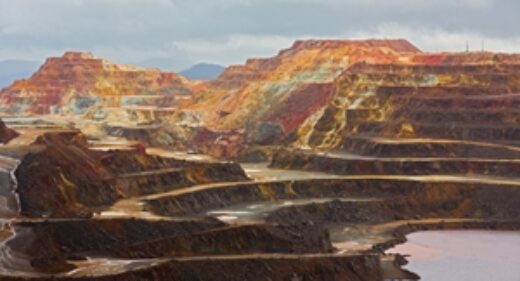
 Lithium is a key component in mobile phone batteries.
Lithium is a key component in mobile phone batteries. We need to learn from the lesson of coal and iron ore and start adding value before exporting.
We need to learn from the lesson of coal and iron ore and start adding value before exporting.
 The Lego Tower features expanded metal in a variety of different colours.
The Lego Tower features expanded metal in a variety of different colours.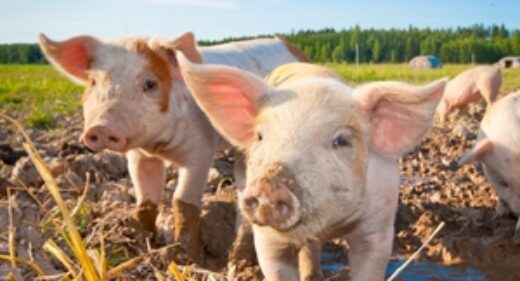
 Locker Group are here to help with your farming needs.
Locker Group are here to help with your farming needs. Lambs in particular are prone to slipping, which is why we’ve taken anti-slip measures with our rural flooring.
Lambs in particular are prone to slipping, which is why we’ve taken anti-slip measures with our rural flooring.
 The prehistoric dinosaur-bird was found in a quarry miles from the coast.
The prehistoric dinosaur-bird was found in a quarry miles from the coast.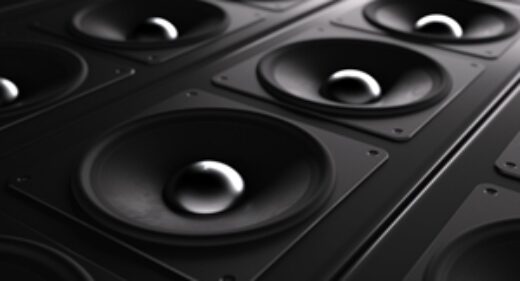
 Perforated metal is a great way to shut out unwanted sounds.
Perforated metal is a great way to shut out unwanted sounds.
 Windows can control the flow of light into a building.
Windows can control the flow of light into a building.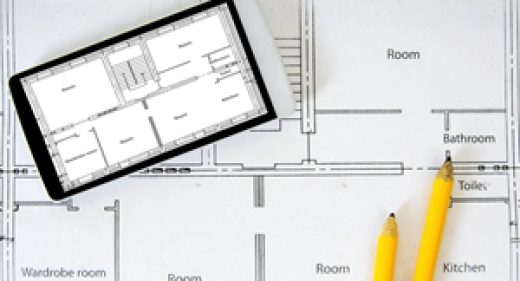
 Overcoming building challenges requires solid teamwork.
Overcoming building challenges requires solid teamwork.